IMAGES BY ME BECAUSE NICK WAS REGROWING A KNEE

It’s fair to say marketing is marketing and truth is truth. And never the twain should meet. Obviously, any bike review worthy of itself must concern itself entirely with truth. Anything else is marketing, and grovelling at the altar of a manufacturer’s advertising dollar.
Which is pretty much what happens whenever a Royal Enfield “review” appears on or in the few remaining Australian motorcycle magazines and digital media platforms.
You probably know almost all of the motorcycle media in this country long ago abandoned anything resembling quality editorial. Its only concern is raking in what advertising dollars and freebies it can still leech from the industry. There are a few notable exceptions, but you’re all grown-ups, and I’m sure you can work out who they are.
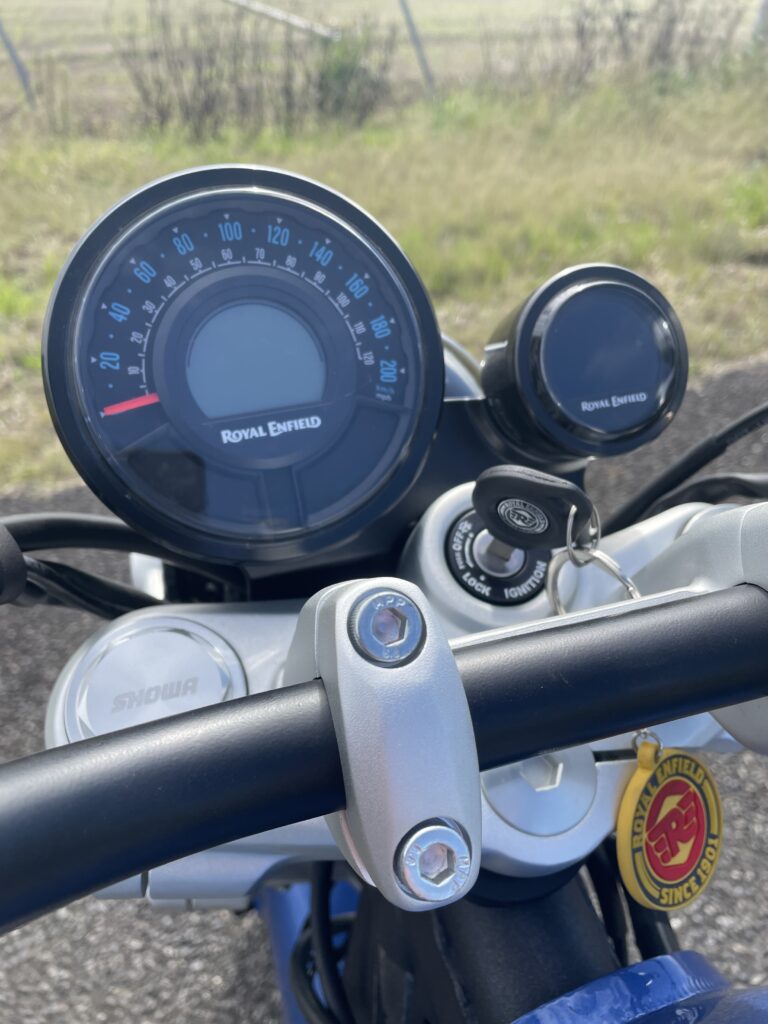
All of which is a preamble to what I promise you will be an honest review of Royal Enfield’s latest offering, the Super Meteor 650. Of course, it will be subjective. All reviews are subjective. The only objective thing in a motorcycle review is the spec box. Everything else is what the reviewer thought. Or, it should be what the reviewer thought.
And far too often it is not that at all.
So let’s first look at what is entirely objective as far as the Super Meteor is concerned.
The bike is a parallel twin with a capacity of 648cc. It weighs 241kg wet. It produces 47bhp and 52Nm of torque. So on paper, it is relatively heavy and will certainly not over-awe you with performance.
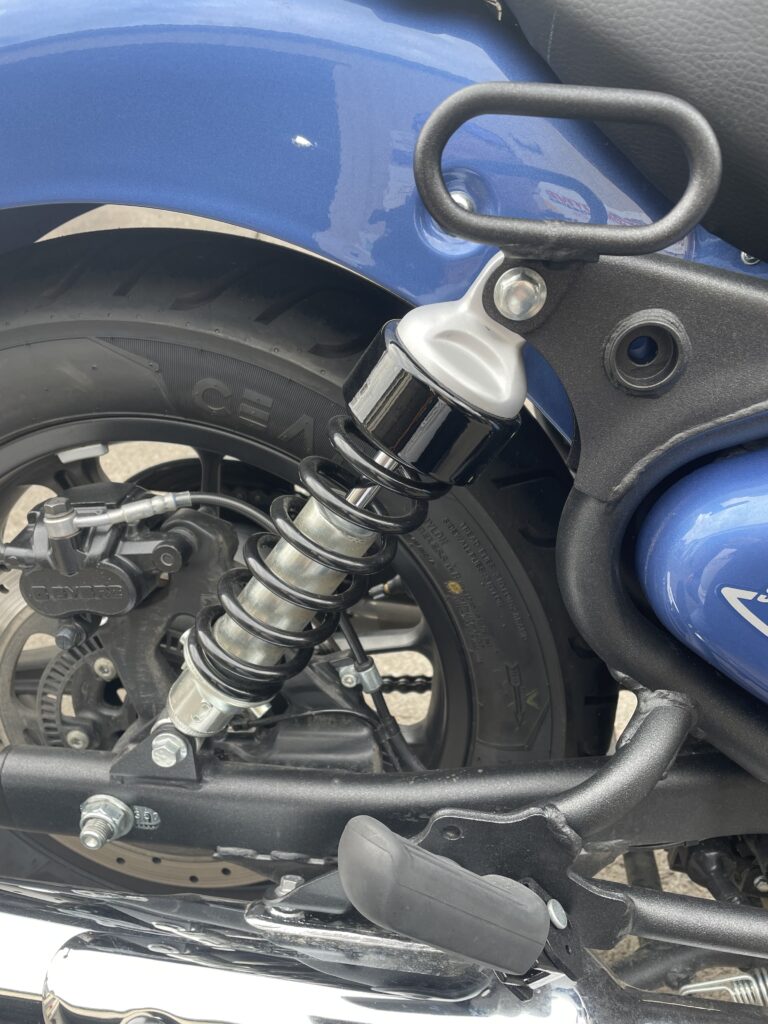
To compare it with other Learner-Approved similar-capacity parallel twins is instructive. Yamaha’s MT-07LA gives you 52.1bhp and 57.5Nm. But, and this is most salient, it weighs 184kg wet.
Given both bikes produce around the same power, this almost 50kg weight variance is what makes all the difference in terms of handling and performance. That is an objective truth.
Moving right along, we come to one of Royal Enfield’s most appealing aspects – and certainly one that governs the strength of its sales. It costs $12,040, following a recent price-drop from $12, 540. The Yamaha retails for $13,549.
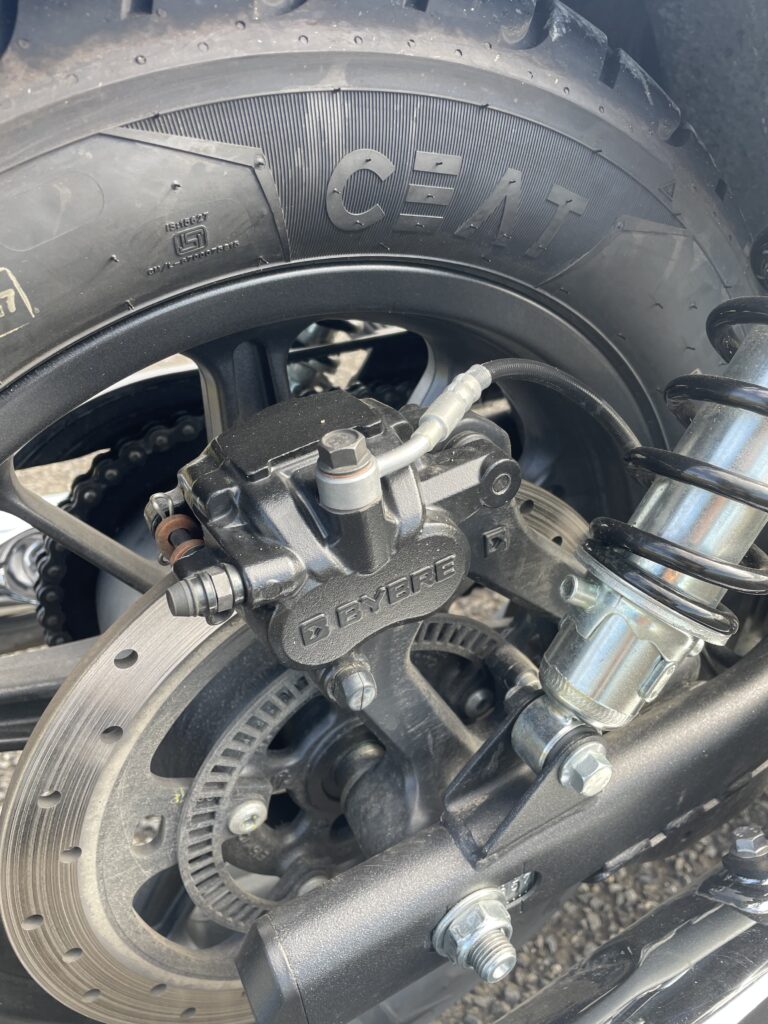
This begs the question: Is the Yamaha a $1000 better bike than the Super Meteor? “Yes”, if you like something that handles, and “Maybe” if it’s a question of styling. But weight is weight and physics are physics.
The other plank of Royal Enfield’s appeal to market is its “look”. And it’s fair to say, the entire range is all about retro-styling and its appeal to riders young and old. And then there’s a beaut marketing line that encourages you to believe there’s a continuity between today’s Indian-made Royal Enfields and the original Redditch concern in England which kicked off at the start of the 20th century.
This is marketing. The objective truth is that in 1955, Enfield Cycle partnered with Madras Motors in Indian to produce the 350cc Royal Enfield Bullet for the Indian police force. The original bikes were made from parts brought in from England, but by 1962, all the components were made in India.
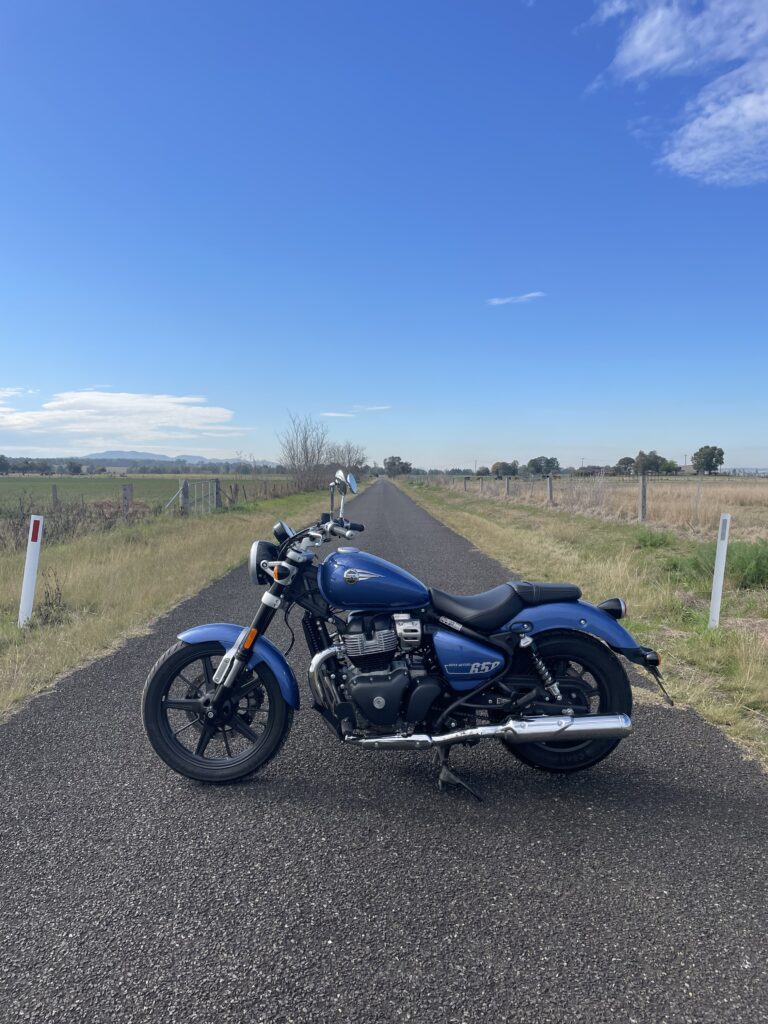
Investors, E & HP Smith acquired Royal Enfield and then sold it to Norton Villiers in 1967. You’ll recall the entire British motorcycle industry was in irrevocable decline at this time, and Enfield ceased producing motorcycles in 1970 and was wound up a year later.
Enfield of India carried on making the 350cc Bullet. And in 1999, it started branding its motorcycles as “Royal Enfield”. A lawsuit over the “Royal” appellation was brought by the then trademark owner David Holder, and a court ruled in favour of the Indian company.
And here we are today. Royal Enfield is entirely owned and controlled by the Indian conglomerate Eicher. You may draw your own conclusions about lineage and brand-continuity from these objective facts.

Now let’s look at the meat on these bones, shall we?
Royal Enfield does not sell bikes that anyone in their right mind would equate with performance and handling. In that, it is exactly like Harley-Davidson, the only other motorcycle company that has foregone performance-based bikes in favour of image. Both brands sell the sizzle rather than the sausage.
But Harley has an advantage over Royal Enfield in this aspect. Its bikes are irrevocably linked to the outlaw motorcycle scene. That link is what makes Harleys cool. That is its image. Royal Enfield does not enjoy the same association, and it never will.
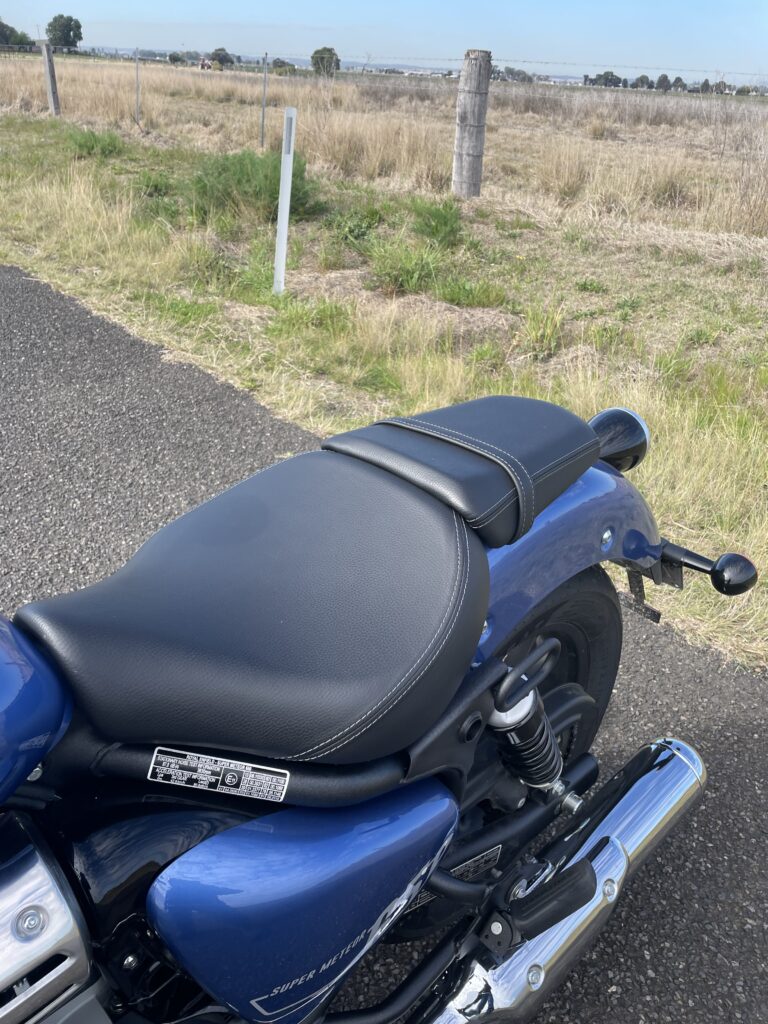
So the sizzle it sells is entirely based on a retro look, coupled with what has long been a very approachable price-point.
And it certainly works. Up to a point and with a certain category of rider.
Royal Enfield’s are not, as some may think, built in a squalid collection of huts in Uttar Pradesh. The factory is the last word in technology and development, boasting manufacturing facilities that rival the world’s leading bike brands. And Royal Enfield is indeed become one of the world’s leading and indeed, biggest bike brands, certainly in terms of output and sales.
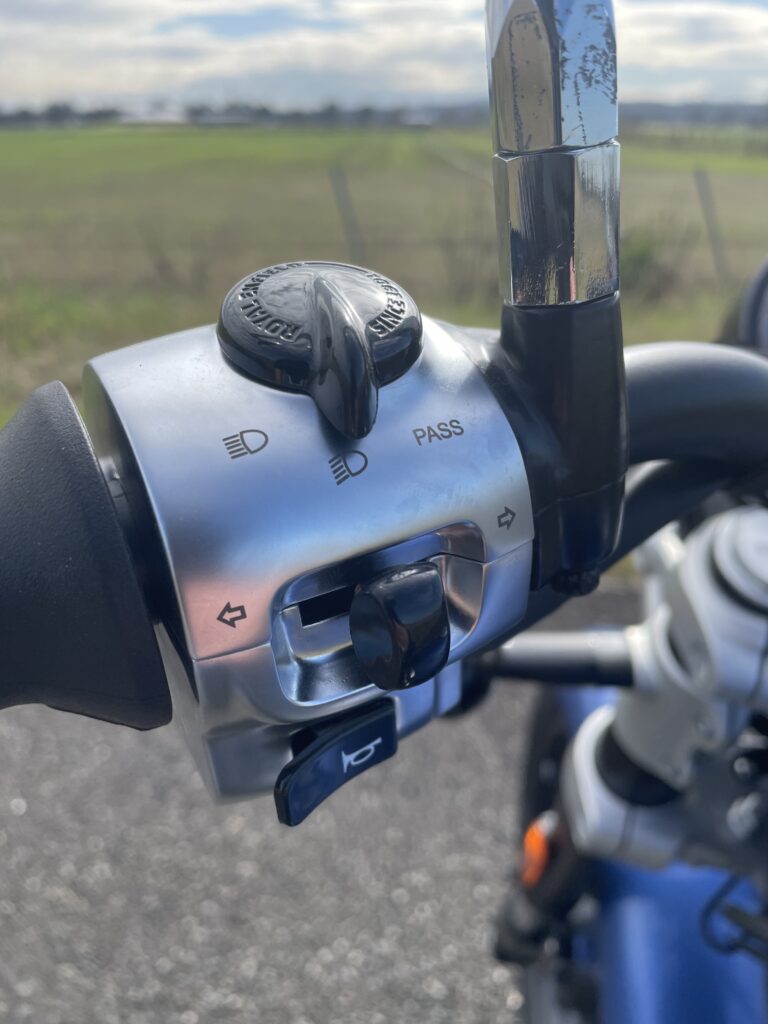
According to Motorcycledata.com, Royal Enfield sales are through the roof. It has sold more than 700,000 units and is projected to hit 900,000-plus before the end of the year.
So there is clearly a huge market for them.
And there has to be a reason for it. India, as the world’s most populous country, loves them and buys them in droves. It is unpatriotic not to. Patriotism is also the reason Harley sells the bulk of its bikes in the USA.

What else makes sense is that these relatively low-powered bikes seem to suit the roads and traffic conditions of India and most of Asia. They’re not electronically complex, and they aren’t made of exotic materials, and they’re not at all suited for howling up Autobahns or slaying alpine corners.
And they are not at all intimidating to ride – which goes a long way to explain their popularity in Australia. Sure, there’s that whole retro-styling thing going on – but Triumph does that just as well, with a much higher build-quality (and commensurate price tag), and its bikes can and do howl at the moon.

There is no howling with a Royal Enfield. You kinda just doddle along. Nothing bad is happening. Nothing super-exciting is happening either, but you didn’t buy it for that, did you? The weight is noticeable, but if you’re not asking it to do anything…well, untoward, it’s not much of an issue.
The build quality has certainly improved from the models I rode a few years back when they first started coming to Australia – and it had to. Those early Royal Enfields were pretty shabby. I said so, and incurred the ongoing wrath of the importer.
No more Royal Enfields for Borrie. I even remember a conversation I had with the marketing guy at my first and last Royal Enfield press launch, who busted me photographing the rusty bolts on the brand-new Himalayans we were to ride the next day. After assuring me the bolts would be painted over that evening, he declared that I maybe didn’t “get” Royal Enfields.
“Really?” I grinned. “I’ve actually ridden a few of the English ones from the Sixties. I had a bit of a handle on those ones. These are obviously different, huh? Oh…you haven’t ridden those?”
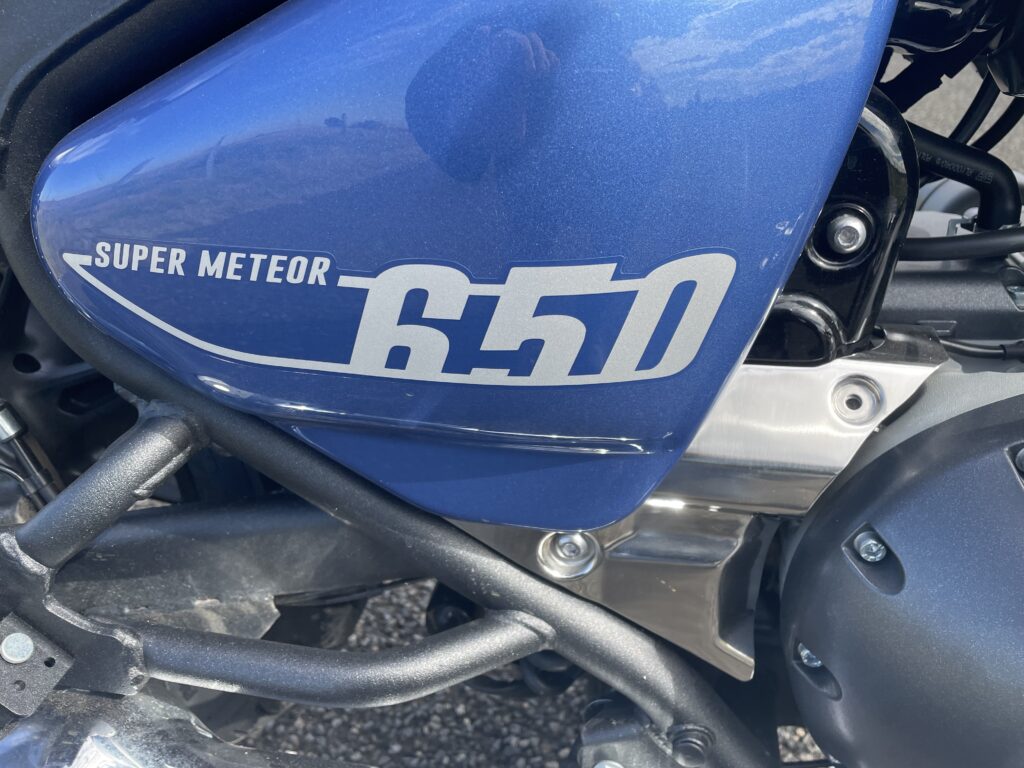

In the ensuing years, I watched the Australian motorcycle media gush its advertising-hungry brains out over the Royal Enfield. All except Trevor Hedge at MCNews, who maintained his integrity, and called it as he saw it. You’ll notice that he, like me, has not been bathed in the largesse of Royal Enfield – which has gone on multiple charm offensives to reward the gushing gibbons in the motorcycle media. One of those even included a lovely trip to the Himalayas to ride Royal Enfields and which resulted in the predictable wank-fest of tripe from the media which declared, to a man, the bike to be ideal for the conditions, and therefore beaut and great and so on.
But what else could they say? They’d just been shouted a trip to the Himalayas. Best they sing the praises of the bike, huh? That Himalayan roads and conditions have nothing whatsoever to do with riding in Australia was something no-one addressed.
I guess I’m not telling you anything you don’t already know about the Australian motorcycling media. But I am going to tell you some stuff you may not know about the Royal Enfield Super Meteor 650. I imagine that’s what I am meant to do, right?
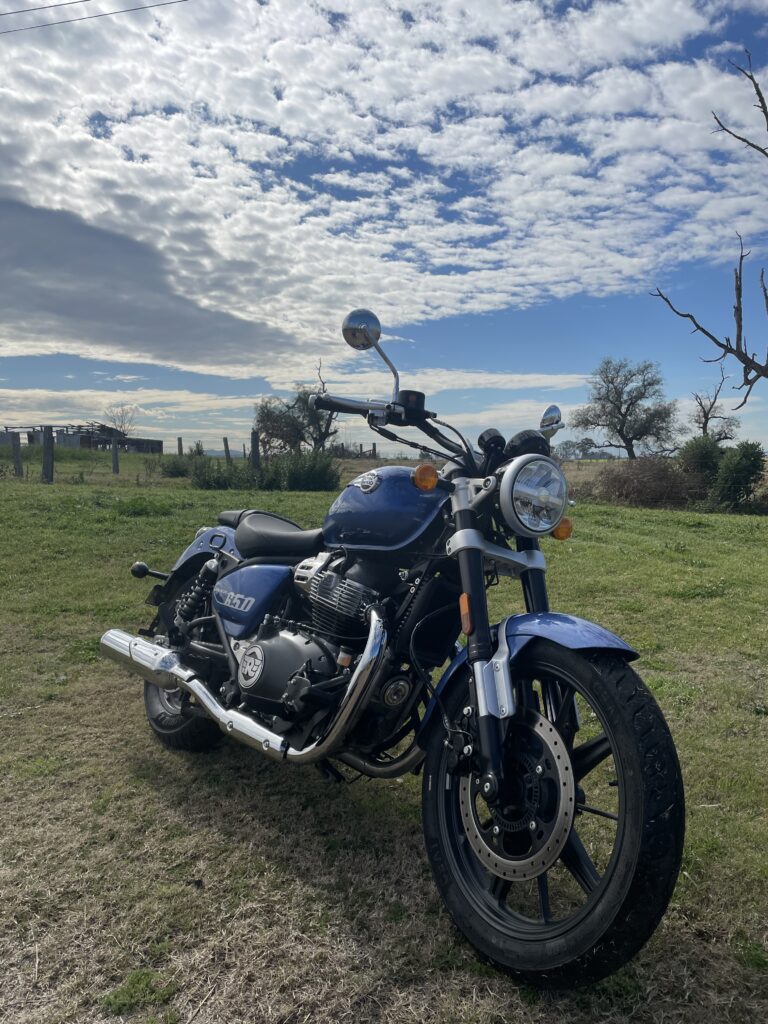

Firstly, there was nothing at all to hate about it. It doesn’t pretend to be something it’s not, so I can’t mark it down on that. Ignore the inane Royal Enfield marketing hype, because the bike is not that either. It is not a “quintessential cruiser”. It certainly does not have anything resembling a “physically imposing presence”.
What it is, and what its appeal is, is that it is a simple and easy-to-ride bike. It is certainly much better finished than I expected, and if all did was tootle around at or below the speed limit, it was perfectly fine. All bikes go around corners, and the Super Meteor did as well. It just didn’t encourage me to apply myself. It’s geometry and weight are not favourably disposed to spirited applications. And that slow-revving engine does not enjoy being slammed through the gears. Though the gearbox is smooth and precise if, as I keep saying, you’re not asking hard questions.
It’s not a big bike and it sits quite low to the ground (740mm seat-height), and the ergos are very neutral. The seat is comfortable, and the dash, an all-new LCD jobbie, is very flash and easy to read. It carries 15.7-litres of petrol, which should be good for around 250 pretty smooth-riding kilometres.
I came to understand why a certain type of rider would be very pleased with it. I am not that type of rider, and I don’t know any riders of that type, but they are out there. I have seen them. They are what the bike is and the Super Meteor 650 is a stolid, even-mannered, gentle soul of a bike.
It will not stir your blood, but you’re not the kind of rider who wants that blood stirred, are you? And that’s fine. In so many ways, it is a bike for our times. It is also something of an anachronism. There are no exotic materials, no high-end rider aids or ECUs. Just honest steel, clean welds, solid-looking mounts, and the commensurate stolidity that goes with that.
But here’s the thing…every time I rode it, I wanted to do things to it. I began to view it as a challenging blank canvas. This was the way so many mad bastards of my acquaintance viewed the appalling Harley Sportsters of the 70s. And they did things to them. Evil things. Wicked things. And you know as well as I do that evil wicked things are cool.
So could the gentle, user-friendly Royal Enfield Meteor 650 be infused with evil and wickedness? And thus become more than the sum of its parts? And maybe ascend to another plane of motorcycling?
I wouldn’t mind finding out.





